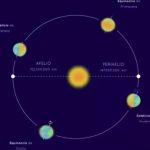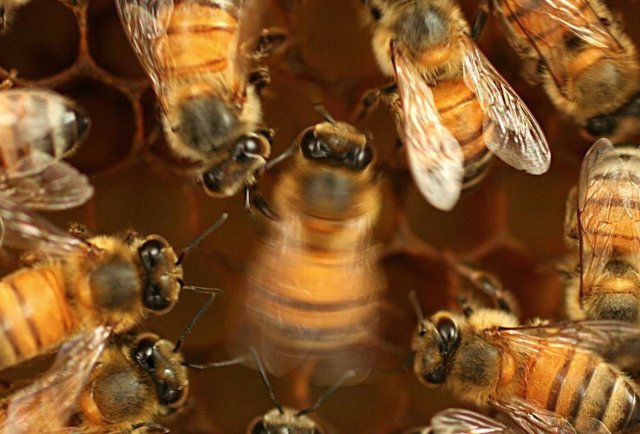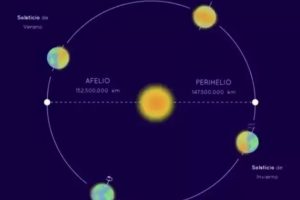March 10 () –
The ‘dance’ with which bees signal food sources is a complex form of social learning and one of the most complex examples of non-human referential spatial communication.
This is the conclusion of a study published in Science by researcher James Nieh, from the University of California at San Diego, among others, which has found evidence that social learning is essential for honey bees.
The transmission of shared knowledge from one generation to the next is a hallmark of culture and allows animals to quickly adapt to a changing environment. Early social learning has been documented in insects, though it is evident in species ranging from human infants to naked mole-rats to songbird chicks.
In the new study, it was found that the dance of bees, which signals the location of critical resources to their nest mates through an intricate series of movements, it improves with learning and can be transmitted culturally.
The study demonstrates the importance of early learning of social cues in one of the most complex known examples of non-human referential spatial communication.
“We are beginning to understand that, like us, animals can pass on information important to their survival through communities and families. Our new research shows that we can now extend that social learning to include insects,” he says. it’s a statement Nieh, a professor in the Department of Ecology, Behavior, and Evolution.
A social insect with a highly organized community structure, honey bees help ensure the survival of their colonies by communicating the location of food sources to each other through a dance in which the bees circle in a figure-of-eight while they wiggle their bodies during the middle part of the dance.
Made at breakneck speed (each bee moves a body in less than a second), the movements of the dance translate visual information from the hive environment and the location of the sun into distance, direction, and even quality of the resource for their nest mates. Conveying this information accurately is a remarkable feat because bees must move quickly across an often irregular honeycomb surface.
Nieh and fellow researchers Shihao Dong, Tao Lin and Ken Tan from the Chinese Academy of Sciences (CAS) conducted experiments to test the details of communication through dance. They created colonies to study the information transmission process between expert foraging bees and their younger, less experienced nest mates.
The experimenters created colonies in which the bees were never able to observe or follow the dancers before they danced for the first time. These colonies were made up of young bees of the same age. Bees start dancing when they reach the right age and always follow experienced dancers before they try to dance for the first time. In these experimental colonies, the bees were never able to learn from the more experienced dancers.
“Bees that did not have the opportunity to follow any dancer before dancing for the first time produced significantly more disordered dances, with greater divergence errors in wiggle angle, and they coded the distance incorrectly“, the researchers point out in the article.
In contrast, bees that closely followed other dances in control colonies did not suffer from these problems. Like humans, for whom early exposure to language development is essential, bees acquired social cues that were encoded and stayed with them for a lifetime (about 38 days).
Those who did not learn the correct dance early were able to improve by watching other dancers and practicing, but they were never able to correctly code the distance. This distance coding creates the distinct “dialects” of different honey bee species.. In other words, bees that were never able to observe other ballerinas during their first critical stage of learning developed a new dialect that they maintained for the rest of their lives.
“Scientists believe that bees’ dialects are shaped by their local environments. If so, it makes sense for a colony to pass down a dialect well adapted to that environment.“, says Nieh. Thus, the results provide evidence that social learning drives signaling in honey bees, just as it does early communication in many vertebrate species that also benefit from learning.
With their new results, Nieh and his colleagues now want to understand the role of the environment in bee language formation. In the future, they would like to find out if the older and more experienced bees in the colony, which are aware of the distribution of food sources in their environment, they could pass on an optimized dialect to the next generation.
They also worry that external threats may disrupt this early language learning. Multiple studies, including those by Nieh and her colleagues, have demonstrated the damage that commonly used pesticides can inflict on bees.
“We know that bees are highly intelligent and have the ability to do extraordinary things. Nieh says. Multiple papers and studies have shown that pesticides can impair cognition and learning in honey bees, and therefore pesticides could impair their ability to learn to communicate and potentially even reshape how this communication is passed on to the next generation. of bees from a colony”.















